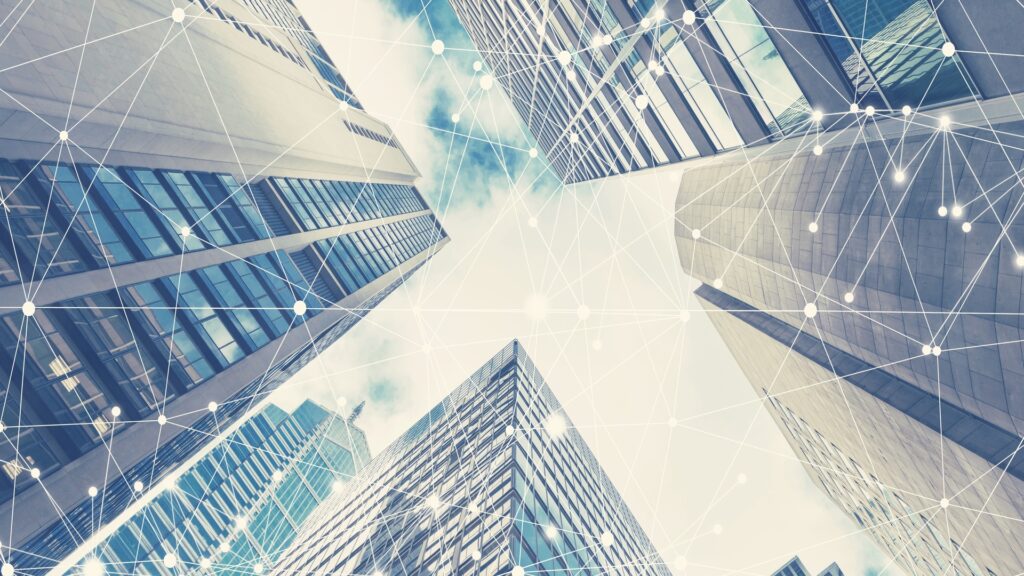Tim Darwall-Smith, Director, SBA Property Management

In the current energy crisis, it has never been more important for people to consider how much energy they use, and the ways in which they’re using it.
An unprecedented event affecting households across the UK, the energy crisis has caused prices to soar. Since winter 2020/21, energy prices have risen from an average of £1042 to a now estimated £1971 – almost doubling in under two years. Consequently, around 6.5 million UK householders are living in fuel poverty (equating to around 10% of the population).
With costs only set to increase this winter, more households are at risk of fuel poverty. Whilst the government has recently announced measures to reduce the cost of electricity and gas through the Energy Price Guarantee, which limits the amount you can be charged per unit based on how much energy you use, it’s likely that households will still need additional support throughout the winter months.
One of the ways technologies can improve the lives and experiences of residents is through better tracking of energy usage, and subsequently, costs. Smart buildings are designed to help occupiers manage their energy consumption closely and more effectively.
Using in-built technologies, smart buildings can enhance occupier experience by improving health and safety aspects such as managing capacity limits and allowing more flexibility in the management and maintenance of energy consumption. Technologies such as automation and IoT sensors can track changes in occupancy and react accordingly, through features such as turning off lights and adjusting HVAC systems to reduce energy consumption.
But how can smart building strategies help us through the energy crisis? Whilst fully smart buildings offer better overall energy efficiency and allowing occupiers to benefit from multiple savings – not everyone lives in a smart building. However, we can adopt the same strategies and technologies in our own homes to become support energy efficiency and potentially save on bills.
As energy savings are usually made based on a building’s features, implementing smaller changes such as smart energy meters in the home can make a big difference. Smart technologies can independently assess outdoor elements and use this to improve indoor conditions. For example, by having automatic blinds, you can use natural resources to your benefit, keeping rooms dark and cool in summer, and lighter and warmer in the winter – even when you aren’t home to do this yourself.
Property managers also play a critical role in ensuring the efficiency of their buildings. By continually reviewing and implementing smart technologies, property managers can provide a more operationally efficient and environmentally friendly service to leaseholders.
At SBA Property Management, our buildings have automated technologies that provide insights and help us provide quicker maintenance and changes where necessary. A continued emphasis on personalised customer relations made possible through these technologies is the key to a successful tenant-leaseholder relationship and provides a more cost-efficient solution for leaseholders.
By applying green technologies within the built environment, the industry is ensuring a smarter future for everyone. The ways in which people live are changing, and smart building strategies will play a huge part in how we respond to challenges like the energy crisis and rising cost of living.